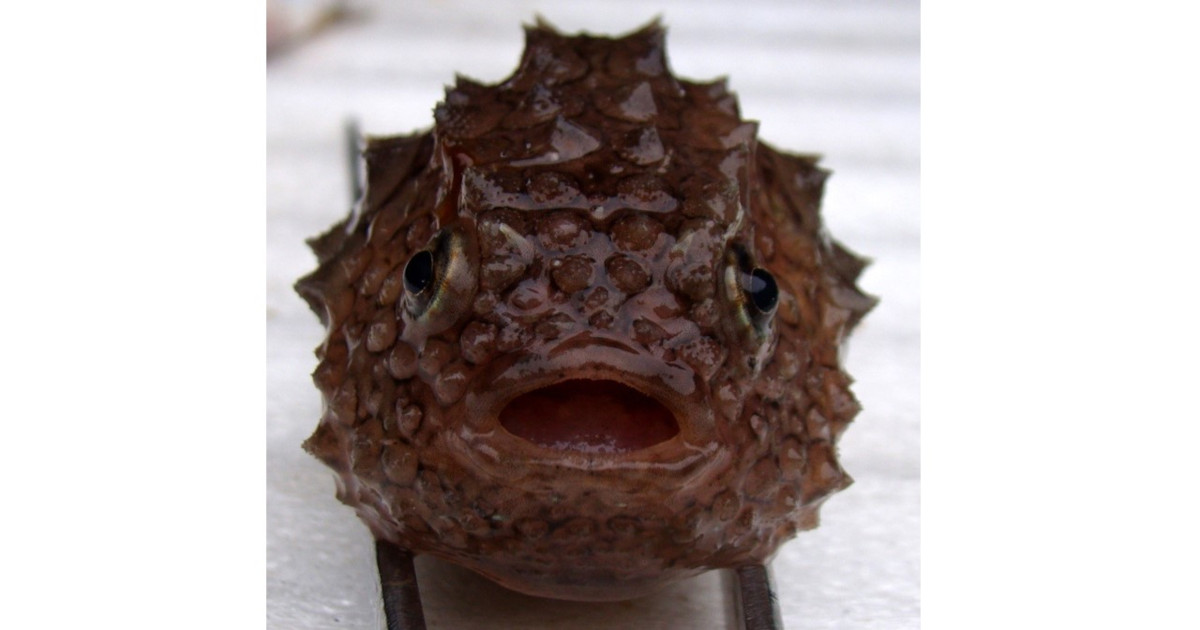Systematics, Phylogeny and Biogeography of Fish in Arctic and Antarctic
A special issue of Diversity (ISSN 1424-2818). This special issue belongs to the section "Animal Diversity".
Deadline for manuscript submissions: closed (31 December 2022) | Viewed by 22095

Special Issue Editor
Special Issue Information
Dear Colleagues,
In the context of global climate change and anthropogenic impacts, fish diversity in both polar regions is an important area of study and monitoring. However, the ichthyofauna of these regions remains less studied, comparatively, than those of warmer waters. Our knowledge on polar fishes remains full of gaps, and new species from both the Arctic and Antarctic are still being described. Each scientific cruise to high latitudes brings important new data on fish diversity and distribution, which provide additional facts and insights for such fundamental disciplines, such as the systematics and phylogeny of groups inhabiting these areas, as well as for the biogeography of polar regions.
For this Special Issue, we aim to invite papers that incorporate historical and recent data and contribute to the systematics and phylogeny of any fish groups of the polar regions and adjacent areas, or articles that develop our understanding of the biogeography of the Arctic, Antarctic and neighboring waters ichthyofauna. We invite submissions of either reviews or original research that may cover a broad range of mentioned topics. The presentation of a number of problems can contribute to understanding the modern structure of the polar fish faunas and the history of their formation. The development of biogeographic topics can clarify the content and distributional patterns of large fish complexes in the Arctic and Antarctic, which can be important for nature conservation management.
Dr. Natalia V. Chernova
Guest Editor
Manuscript Submission Information
Manuscripts should be submitted online at www.mdpi.com by registering and logging in to this website. Once you are registered, click here to go to the submission form. Manuscripts can be submitted until the deadline. All submissions that pass pre-check are peer-reviewed. Accepted papers will be published continuously in the journal (as soon as accepted) and will be listed together on the special issue website. Research articles, review articles as well as short communications are invited. For planned papers, a title and short abstract (about 100 words) can be sent to the Editorial Office for announcement on this website.
Submitted manuscripts should not have been published previously, nor be under consideration for publication elsewhere (except conference proceedings papers). All manuscripts are thoroughly refereed through a single-blind peer-review process. A guide for authors and other relevant information for submission of manuscripts is available on the Instructions for Authors page. Diversity is an international peer-reviewed open access monthly journal published by MDPI.
Please visit the Instructions for Authors page before submitting a manuscript. The Article Processing Charge (APC) for publication in this open access journal is 2100 CHF (Swiss Francs). Submitted papers should be well formatted and use good English. Authors may use MDPI's English editing service prior to publication or during author revisions.
Keywords
- polar fish systematics
- phylogeny of polar fishes
- biogeographic patterns for fish in Arctic/Antarctic
- polar fish phylogeography
Benefits of Publishing in a Special Issue
- Ease of navigation: Grouping papers by topic helps scholars navigate broad scope journals more efficiently.
- Greater discoverability: Special Issues support the reach and impact of scientific research. Articles in Special Issues are more discoverable and cited more frequently.
- Expansion of research network: Special Issues facilitate connections among authors, fostering scientific collaborations.
- External promotion: Articles in Special Issues are often promoted through the journal's social media, increasing their visibility.
- e-Book format: Special Issues with more than 10 articles can be published as dedicated e-books, ensuring wide and rapid dissemination.
Further information on MDPI's Special Issue polices can be found here.





